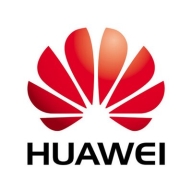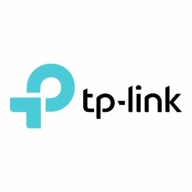

Huawei Wireless and Omada Access Points are significant players in the wireless access point market. Huawei's competitive pricing and extensive features slightly edge out Omada, especially in larger scale deployments, while Omada is recognized for its cost-effectiveness and suitability for small to medium enterprises.
Features: Huawei Wireless includes seamless roaming, cloud integration, and high-stability with Wi-Fi 6. It is noted for its affordability and ease of configuration. Omada Access Points are valued for their reliability, ease of use, and integration with centralized systems, enhancing business operations and network control.
Room for Improvement: Huawei Wireless needs better support services, improved interoperability with third-party systems, and SMB-targeted solutions. Omada Access Points could benefit from better scalability, more robust security features, and enhanced advanced management tools to cater to various industry needs.
Ease of Deployment and Customer Service: Huawei Wireless provides both on-premises and public cloud deployment with simple configuration and strong support, though response times could improve. Omada is noted for its easy on-premises setup and consistent customer support, despite some feeling the technical response could be quicker.
Pricing and ROI: Huawei Wireless is more affordable than competitors like Cisco and does not require recurring license fees, offering a good return on investment for larger installations. Omada stands out for low initial costs and the absence of additional subscription fees, providing a budget-friendly solution for smaller businesses.
| Product | Market Share (%) |
|---|---|
| Huawei Wireless | 6.3% |
| Omada Access Points | 4.1% |
| Other | 89.6% |


| Company Size | Count |
|---|---|
| Small Business | 17 |
| Midsize Enterprise | 8 |
| Large Enterprise | 12 |
| Company Size | Count |
|---|---|
| Small Business | 10 |
| Midsize Enterprise | 2 |
| Large Enterprise | 4 |
Omada access points provide a business-class wireless network solution that’s flexible, manageable, secure, and easy-to-deploy. The free EAP Controller software allows users to manage hundreds of EAPs at multiple sites, all from a single location. The ability to control, adjust and visualize the entire network from any connected PC makes centralized business Wi-Fi management more efficient than ever before. Omada EAPs also feature captive portal and advanced RF management functions, which make them ideal for demanding, high-traffic environments such as campuses, hotels, malls and offices.
We monitor all Wireless LAN reviews to prevent fraudulent reviews and keep review quality high. We do not post reviews by company employees or direct competitors. We validate each review for authenticity via cross-reference with LinkedIn, and personal follow-up with the reviewer when necessary.